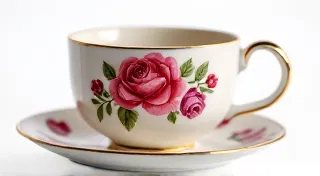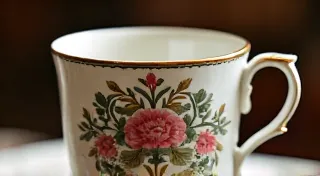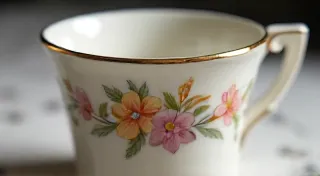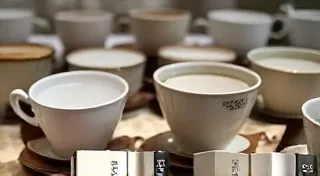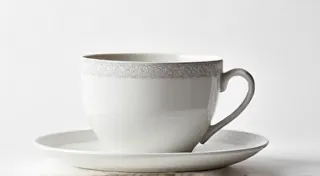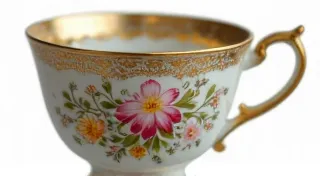Rare Tea Cup Patterns: Discovering Treasures
The world of antique tea cups is vast and captivating, filled with beautiful designs and rich histories. While many patterns are charming and collectible, some stand out as exceptionally rare – true treasures for serious enthusiasts. This article explores a handful of these coveted patterns, delving into what makes them so desirable and valuable.
What Defines a Rare Tea Cup Pattern?
Several factors contribute to a tea cup pattern's rarity. Limited production runs, short lifespans (patterns often changed with fashion), unique design elements, and association with significant historical events all play a role. Damage or loss over time also significantly reduces the number of surviving pieces, further enhancing rarity. Determining the provenance and understanding manufacturing processes can be complex, and for those just starting their journey, resources like "Tea Cup Collecting: A Beginner's Guide" offer valuable insights.
Spotlight on Coveted Patterns
1. Minton Secessionist
The Minton Secessionist line, produced in the late 1880s and early 1890s, is considered by many to be the holy grail of antique tea cups. It was an incredibly short-lived series; only a few designs were ever created. The intricate, hand-painted floral designs featuring unusual color palettes and asymmetrical arrangements marked a departure from Victorian norms, embodying the Arts and Crafts movement. These designs showcased a rejection of traditional ornamentation, emphasizing natural forms and organic beauty. Examples in excellent condition can command prices exceeding $1,000 each. The intricate detailing and nuanced color schemes exemplify the high level of craftsmanship characteristic of the era, a skill that manufacturers continuously refined.
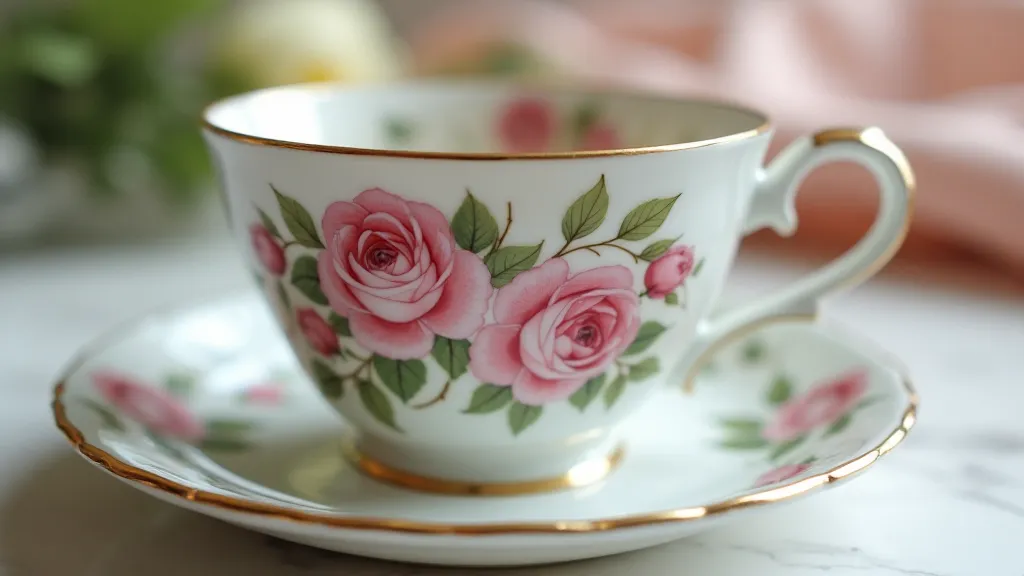
2. Worcester Flight & Barr "Japanese"
Inspired by Japanese Imari ware, the Worcester Flight & Barr "Japanese" patterns were created in the late 1700s and early 1800s. The transfer-printed designs, often hand-painted with vibrant reds, golds, and blues, showcased the fascination with Eastern aesthetics that swept Europe at the time. The popularity of Japanese porcelain during this period fueled a demand for European imitations, leading to the creation of patterns like this. Pieces marked with the Flight & Barr hallmark are especially sought-after, indicating a period of particularly skilled craftsmanship. Understanding the history and evolution of these marks is key to accurate identification. For those interested in further exploring porcelain manufacturers and their distinct characteristics, a deeper look into "Spode Tea Cups: A Beginner's Guide to Identification" might be helpful.
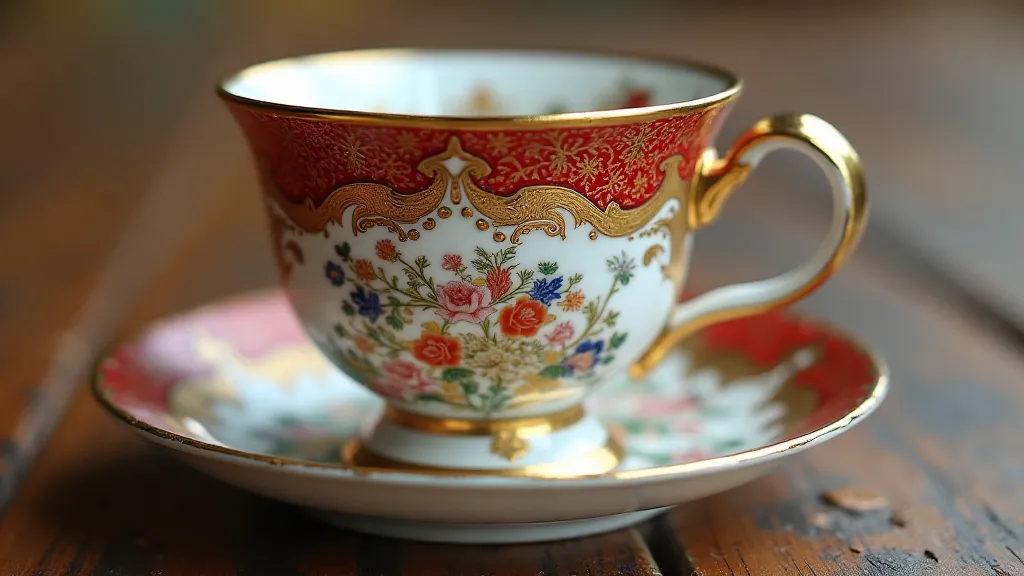
3. Belleek "Shamrock"
From Ireland comes Belleek china, and the "Shamrock" pattern is among its most cherished. Introduced in the 1880s, the original "Shamrock" design featured delicate hand-painted yellow shamrocks and green leaves on a creamy white background. Its delicate construction and the scarcity of early examples make it highly prized. Belleek's signature creamy white glaze and hand-painted details contribute to the pattern's unique charm and collectible status. Later variations exist, but the original, early "Shamrock" pieces are the most valuable. The appeal of Irish porcelain lies not only in its aesthetic beauty but also in its connection to a rich cultural heritage.
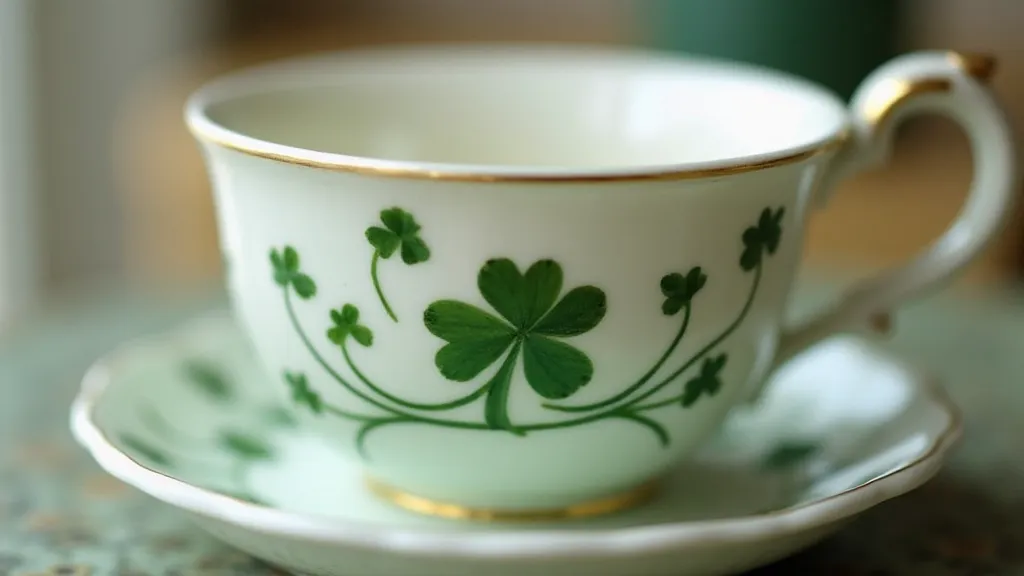
Tips for Identifying Rare Patterns
Identifying rare tea cup patterns requires a combination of research, observation, and a bit of luck. It’s more than just recognizing a pretty design; it’s about understanding the historical context, manufacturing techniques, and subtle details that distinguish a valuable piece from a common one. The value isn't solely based on aesthetics; it's intertwined with the history and artistry behind the creation.
- Examine Hallmarks: Research manufacturer marks to determine origin and potential rarity. Hallmarks can be surprisingly cryptic, often using symbols or abbreviations that require specialized knowledge to decipher.
- Check for Damage: Condition significantly impacts value. Look for chips, cracks, and repairs. Even seemingly minor imperfections can substantially reduce the value of an antique tea cup.
- Research Design: Compare your tea cup to known patterns and resources to pinpoint its design and origin. Online databases, antique price guides, and auction records can be invaluable resources in this process.
- Consult Experts: Antique dealers and online forums can provide valuable insights and appraisals. Seeking the opinion of a seasoned expert can often clarify uncertainties and provide a more accurate assessment of value.
Delving Deeper: Factors Influencing Value
Beyond rarity, several other factors influence the value of antique tea cups. These include:
- Provenance: The documented history of a tea cup, including its previous owners and exhibitions, can significantly enhance its value.
- Color Variations: Slight variations in color or glaze can sometimes make a tea cup more desirable to collectors.
- Shape and Size: Unique or unusual shapes and sizes can also increase value.
- Matching Sets: Complete sets of tea cups, saucers, and other related items are generally worth more than individual pieces.
The Joy of Collecting
Collecting antique tea cups is more than just acquiring beautiful objects; it's a journey through history, art, and craftsmanship. Uncovering a rare pattern is a rewarding experience that connects you to a rich and fascinating past. The tactile experience of holding a piece of history, coupled with the visual beauty of the design, creates a uniquely satisfying connection to the past. For those fascinated by the intricacies of ceramic decoration, understanding the techniques employed by different manufacturers can provide even greater appreciation. Sometimes the most common patterns have interesting stories to tell, and studying them can reveal fascinating insights into the social and economic context of their creation. As your collection grows, consider the visual harmony and flow of your display, creating a mini-museum showcasing your passion for these delicate treasures. And if you're keen to learn about the subtle differences between various ceramic styles, exploring resources like "Identifying Crown Staffordshire Tea Cups: Patterns and Evolution" can expand your understanding.
The pursuit of rare tea cup patterns is an ongoing adventure, a constant learning experience that blends passion, research, and a healthy dose of patience. Every discovery adds another layer to your appreciation of these exquisite objects, transforming a simple hobby into a captivating journey through time.
